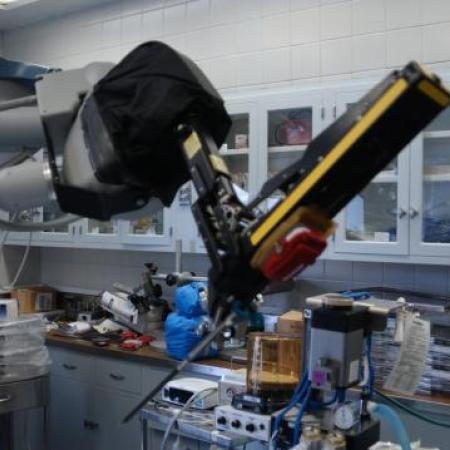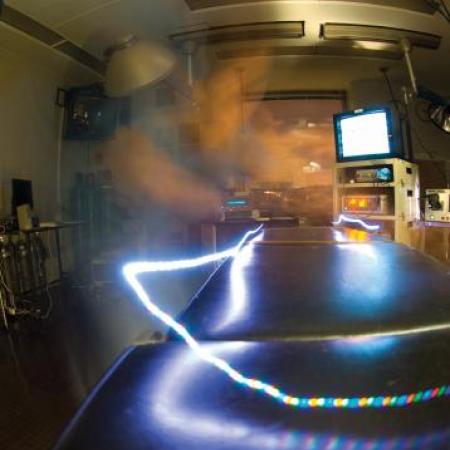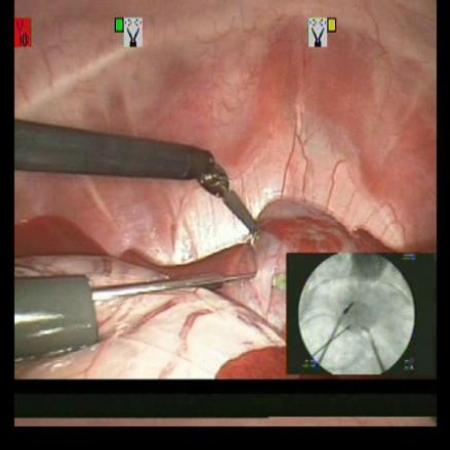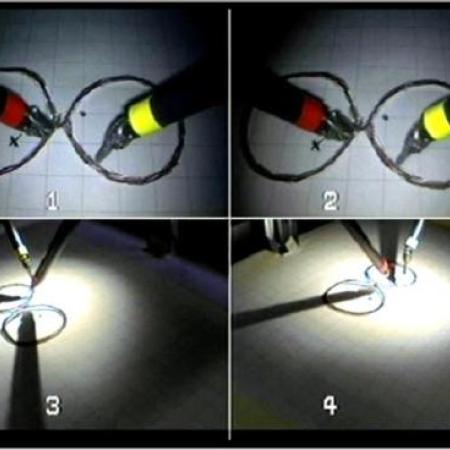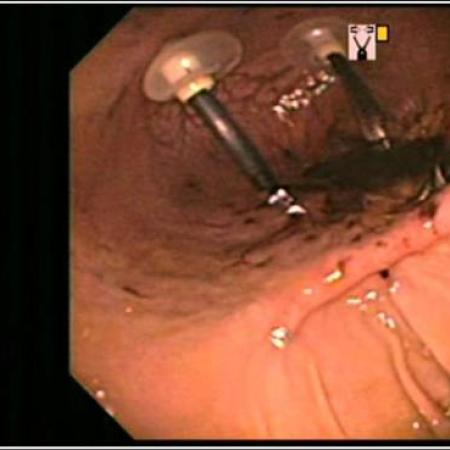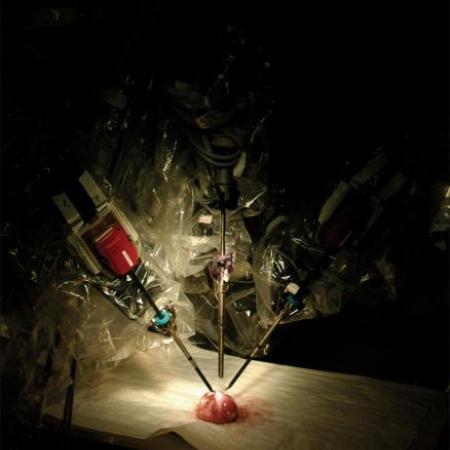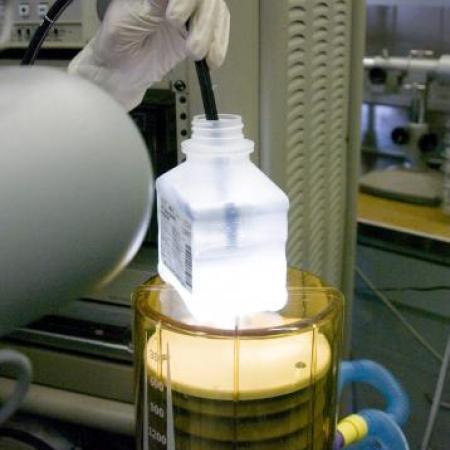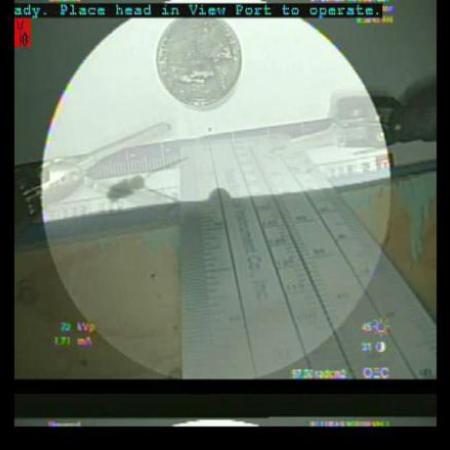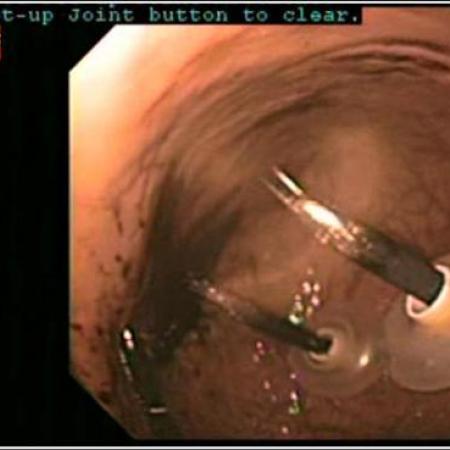The gallbladder concentrates and stores bile as a pear-shaped sac which it can release to help digestion after a fatty meal.
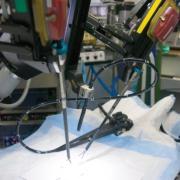
Modern medical research is not concentrated on a single discipline. The interdisciplinary approach was shown to provide many benefits involved in dealing with currently prevalent medical issues and rare diseases alike. Besides the pharmaceutical and surgical research, a number of different branches of science and the industry have joined the business of finding better ways to heal people.
The most cutting edge research of today has to do with finding new and better ways to implement computer science into the field of surgery. Government agencies, the military and defense industry, universities, hospital research centers, independent research labs and non-profits are all looking into new breakthroughs in the fields of artificial intelligence and robotics in order to improve upon existing treatments. Research is also performed with the aim of developing mathematical algorithms that will allow quantification and assessment of surgical skills.


